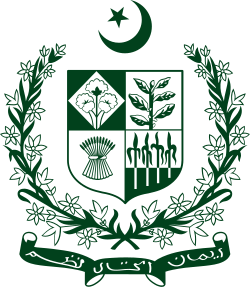Overview
A national census is mandated by the Constitution of Pakistan to be held every ten years. [3] [4] After the independence of Pakistan in 1947, the first census took place in 1951 under Finance Minister Sir Malik Ghulam, serving under Prime Minister Liaquat Ali Khan. [5] Since 1951, there have been only 6 nationwide censuses (1961, 1972, 1981, 1998 and 2017). Delays and postponements have often been due to politicization. The next national census was scheduled to take place in 2001 and later 2008, [6] [7] and again in 2010, but none of those plans could materialize. [8] [ better source needed ] Pakistan's last completed census took place in 2023. There were multiple census counts completed for the latest round in April 2012, [9] [10] but were subsequently thrown out as being "unreliable". A UN led census was to be conducted with staff training and GPS digitisation. [11] As of 2015, the population of Pakistan is estimated at 191.71 million. [12] [13] As of 2016, the population of religious minorities in Pakistan have increased to 3 million. [14] The 2023 census recorded a total population throughout the country of 241,499,431 (excluding Gilgit-Baltistan and Azad Kashmir). [15]

